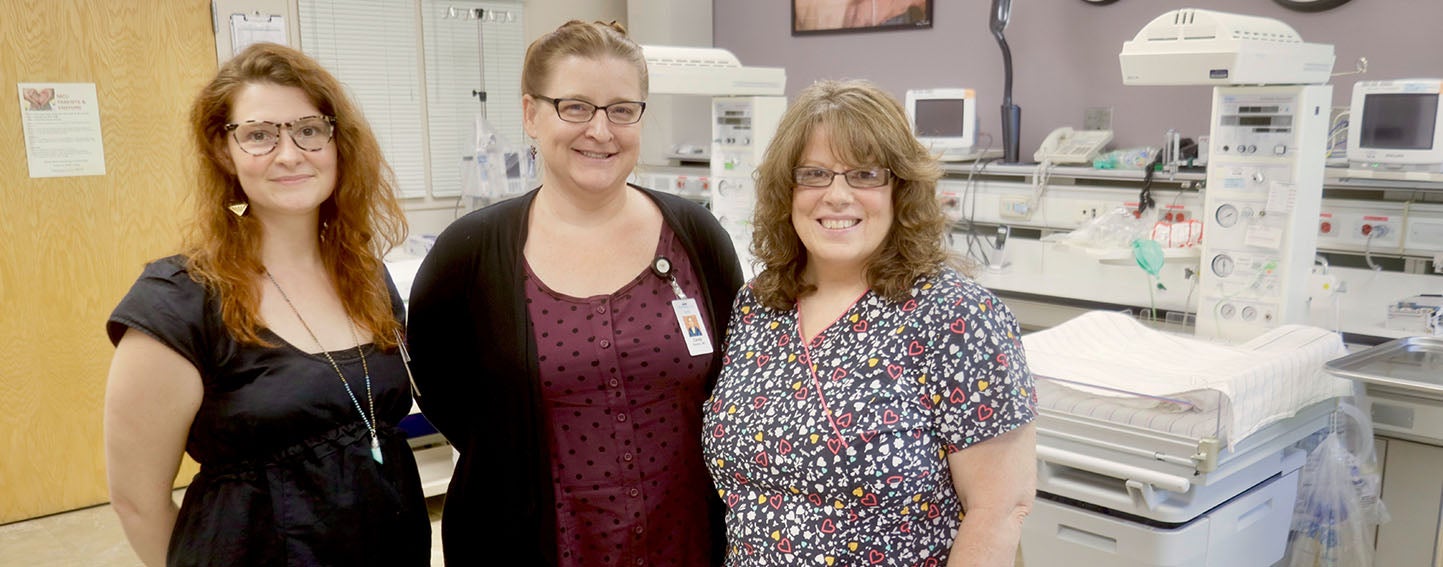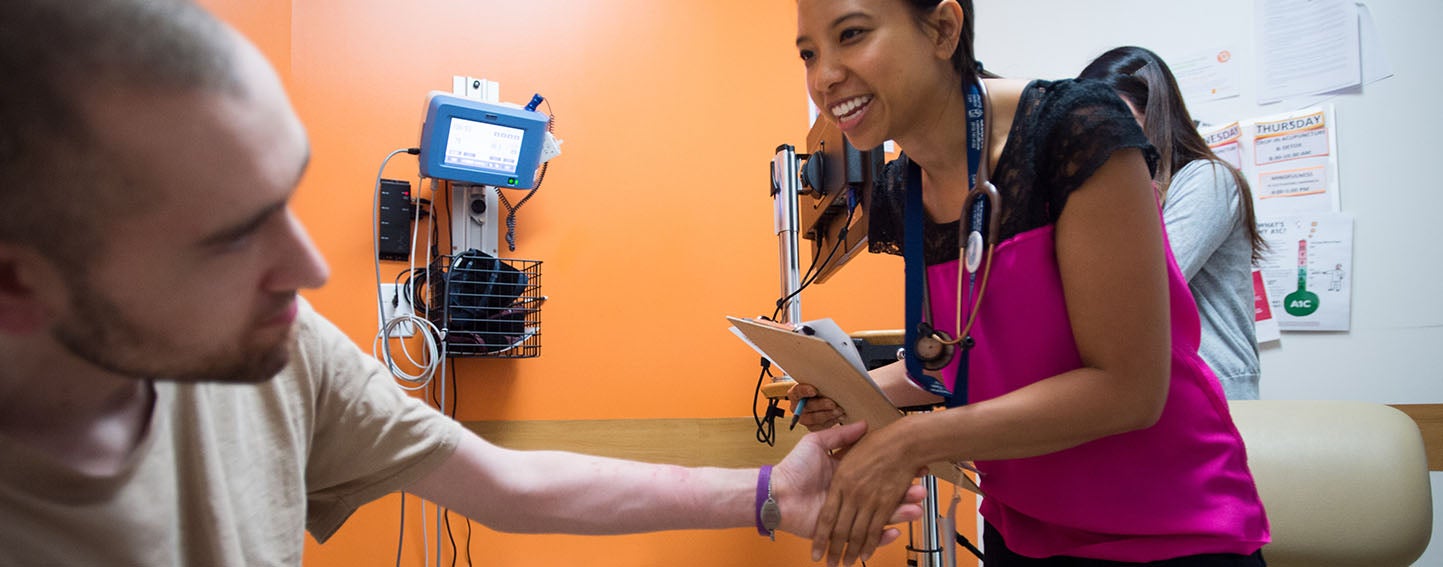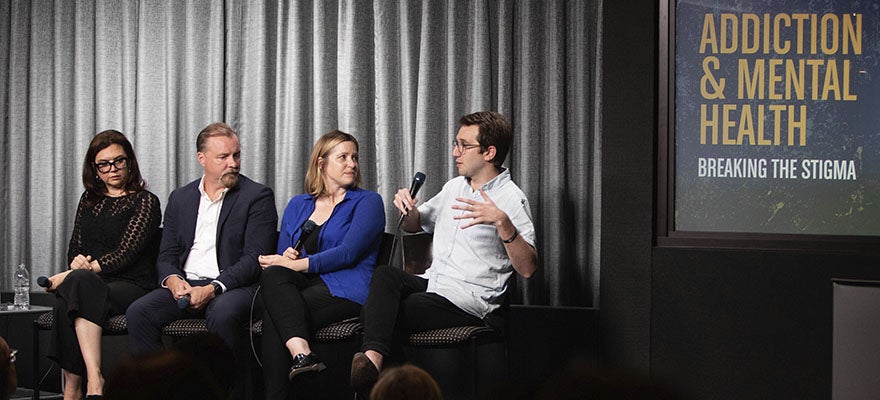
Hospital systems across the nation are buying up physician practices, and policymakers are concerned about the impact that this trend — called vertical integration — could have on the health care system. On June 12, the US Senate Judiciary Subcommittee on Antitrust, Competition Policy, and Consumer Rights held a hearing on the competitive implications of vertical integration in the health care industry.
Vertical integration occurs when entities at different levels of the health care supply chain combine, such as when hospitals acquire physician practices or health plans acquire pharmacy benefit managers. This type of consolidation is different from horizontal integration, which occurs when entities operating in the same market come together — when one physician group buys another or hospitals merge with other hospitals.
Academic and political interest in vertical integration has increased as the rate of independent practices being acquired by hospitals has accelerated. An analysis (PDF) by the Physicians Advocacy Institute and Avalere Health found that the total share of physician practices owned by hospitals increased from 14% in 2012 to 31% in 2018. And a study published in the California theme issue of Health Affairs found that between 2010 and 2016, the percentage of California physicians in practices owned by a hospital increased from 25% to over 40%.
“These deals are, in many respects, reshaping the way patients receive and pay for health care,” said subcommittee Chairman Michael S. Lee (R-UT) at the hearing. “We hope that these transactions might improve the quality and reduce the cost of health care, perhaps by eliminating inefficiencies and aligning incentives. But vertical integration can also easily enable market power to be used in an anticompetitive manner, allowing the merged firm to use its new structure to the disadvantage of others, and in some cases, to the harm of consumers.”
The Potential for Cost Containment
Theoretically, vertical integration in health care can promote economic efficiencies, thereby improving the quality of care while reducing costs. At the Senate hearing, Craig Garthwaite, PhD, associate professor of strategy at Northwestern University’s Kellogg School of Management, pointed to the closely watched acquisition of health insurance company Aetna by drugstore chain / pharmacy benefit manager CVS Health as a “compelling merger,” writes Steven Porter in HealthLeaders. Garthwaite argued that the alignment of interests between the companies might help control chronic conditions and spending. “Now they at least have the incentive to [make patients healthier]; the incentives are aligned correctly,” he said.
Fiona Scott Morton, PhD, the Theodore Nierenberg Professor of Economics at the Yale University School of Management, said the acquisition of pharmacy benefit managers by health plans could yield notable efficiencies, FierceHealthcare reports. As spending on physician-administered drugs increases, “combining the pharma and medical benefit together will allow us to get a handle on those costs,” Scott Morton said.
Not All Mergers Are Created Equal
But witnesses also emphasized that vertical mergers can lead to anticompetitive behavior and higher costs. According to FierceHealthcare, tradition holds that vertical integration is categorically safe, but Scott Morton said that evaluating mergers should be done on a case-by-case basis, especially as health care accounts for such a large part of the economy.
Increased scrutiny may be necessary in light of research linking higher costs to vertical integration involving hospital-owned physician groups. A study of US hospitals by Stanford University researchers found that “hospital ownership of physician practices leads to higher prices and higher levels of hospital spending.” This finding was consistent with the researchers’ hypothesis that vertical integration increases hospitals’ bargaining power with insurers.
Studies of this type of vertical integration in California have reached similar conclusions. Physician groups owned by large hospital systems were more than 50% more expensive than those owned exclusively by physicians, according to an analysis published in the Journal of the American Medical Association. And the Health Affairs study concluded that recent increases in vertical integration in California were associated with higher prices for primary care, more expensive specialty care, and higher health insurance premiums.
Research from Rice University’s Baker Institute for Public Policy shows vertical integration has little to no impact on care quality, Jacqueline LaPointe reports in Rev Cycle Intelligence. “Physician-hospital integration did not improve the quality of care for the overwhelming majority of [quality] measures,” said study author Vivian Ho, PhD, director of the Center for Health and Biosciences at the Baker Institute. “If patient welfare doesn’t improve after integration, there may be other reasons why physicians and hospitals are forming closer relationships — perhaps to raise profits.”
Preserving a Competitive Market
For these reasons and more, both federal and state governments seem to be paying closer attention to vertical integration’s effects on competition. At the federal level, the Department of Justice and the Federal Trade Commission are responsible for investigating antitrust issues. In 2014, the FTC intervened in a case against St. Luke’s Health System in Idaho. More recently, the attorney general in Washington State privately settled a case against Franciscan Health System.
When asked how the federal government should respond to the vertical integration trend, witnesses at the Senate hearing recommended clarifying and expanding guidelines for antitrust regulators to follow during investigations. But even with clearer guidelines for both federal agencies, Scott Morton warned, there are not enough resources to keep pace with vertical integration in health care.
How has vertical integration affected your local health care market? Tweet at me with #EssentialCoverage or email me.
The post Is Vertical Integration Bad for Health Care Consumers? appeared first on California Health Care Foundation.

































